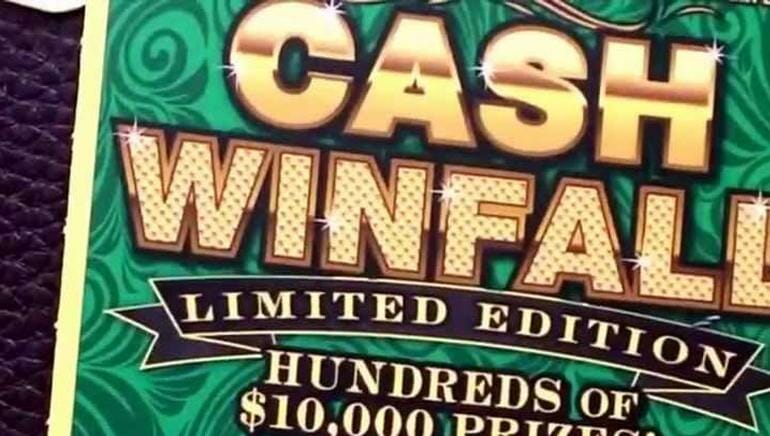The MIT student who scammed the Massachusetts Lottery
Article publié le Tuesday 21 April 2015

Just ten years following the famous professor that cleaned out the Las Vegas casinos with his counting cars scam, another MIT derived gambling scandal arose that involved a group of students and a researcher scamming the Massachusetts Lottery.
Unlike almost all other scams, this scandal is by far the worst due to the involvement of the Massachusetts Lottery. Instead of protecting the honesty and integrity of the lottery, the Massachusetts Lottery preferred to share in the handouts of the illegal scammer’s winnings.
The maths students of MIT were mathematical sparks seeking a unique project to work on that can involve their extensive mathematical knowledge. The lottery? Why not!
Calculating that they could guarantee a win in the Cash WinFall lottery game with only an outlay of $100,000 in ticket prices, they waited until the jackpot rose up to $2 million and above before all buying in and sharing the prize money.
By the year 2005, the MIT student group had accumulated roughly $8 million in winnings using this technique according to the Boston Globe.
The method utilised by the group was to take advantage of the jackpot variations. When a jackpot is not won, the winnings normally get rolled over to the next lottery number draw, providing an increased jackpot sum. With Cash WinFall, there was a $2 million cap present and when all the numbers were not matched, the jackpot would be redistributed amongst the lesser prizes to increase their sum by 500% to 1000%.
So remarkably successful was this venture that the students gave up their jobs to work with their scamming scheme full-time. When laying out $600,000 in lottery tickets, the group were guaranteed at least a 15% return on their investment. With such profit, the group were soon backed by investors which shared in their profits.
The first evidence of the theory was proven by a student named James Harvey, who provided the initial premise by transforming $1,000 in lottery tickets into $3,000 in February 2005.
With this evidence provided, Harvey instantly amplified the projects size by forming the ‘Random Strategies Investments’ group. Spending many hours on the Random Strategies Investments, the group filled out many hours’ worth of betting slips while lining up all the eager investors and individuals/groups willing to provide them with financial backing.
As more groups begun to join the starting group, the initial MIT group finally discovered how to win the entire jackpot in just one single draw by the year of 2010. This fact was reported by a paper and the lottery supervisor of that paper actually asked how he might join the club once he retired!
Aware of the scheme since 2005, the lottery officials finally stopped the game in 2012 and apologised to the public for creating a system that allowed certain groups to hold special opportunities over the game that other people did not have; finishing by adding that they were sorry that the groups had gained unfair advantage over others.
The process was allowed to go on for so long against morality reasons and suitability due to the revenues the lottery was receiving and the overall benefits the system provided the lottery. Following the revelation of the MIT students’ methods and gains over the years, the lottery officials continued to deny their knowledge of the game’s compromised status. Despite installing extra ticket machines and allowing extra ticket sales to proceed for student use, the Boston Globe concluded that the officials had been aware of the compromised system as far back as the year of 2005.
« Précédent: The sad story of Zhao Liqun (Chinese lottery scam)
» Suivant: EuroMillions: They win 2 times in 2 years !
 The sad story of Zhao Liqun (Chinese lottery scam)
The sad story of Zhao Liqun (Chinese lottery scam) Italian Lottery Scandal: the Blindfolded Children
Italian Lottery Scandal: the Blindfolded Children 1980 Pennsylvania Lottery Scandal : The Triple Six Fix
1980 Pennsylvania Lottery Scandal : The Triple Six Fix
IB